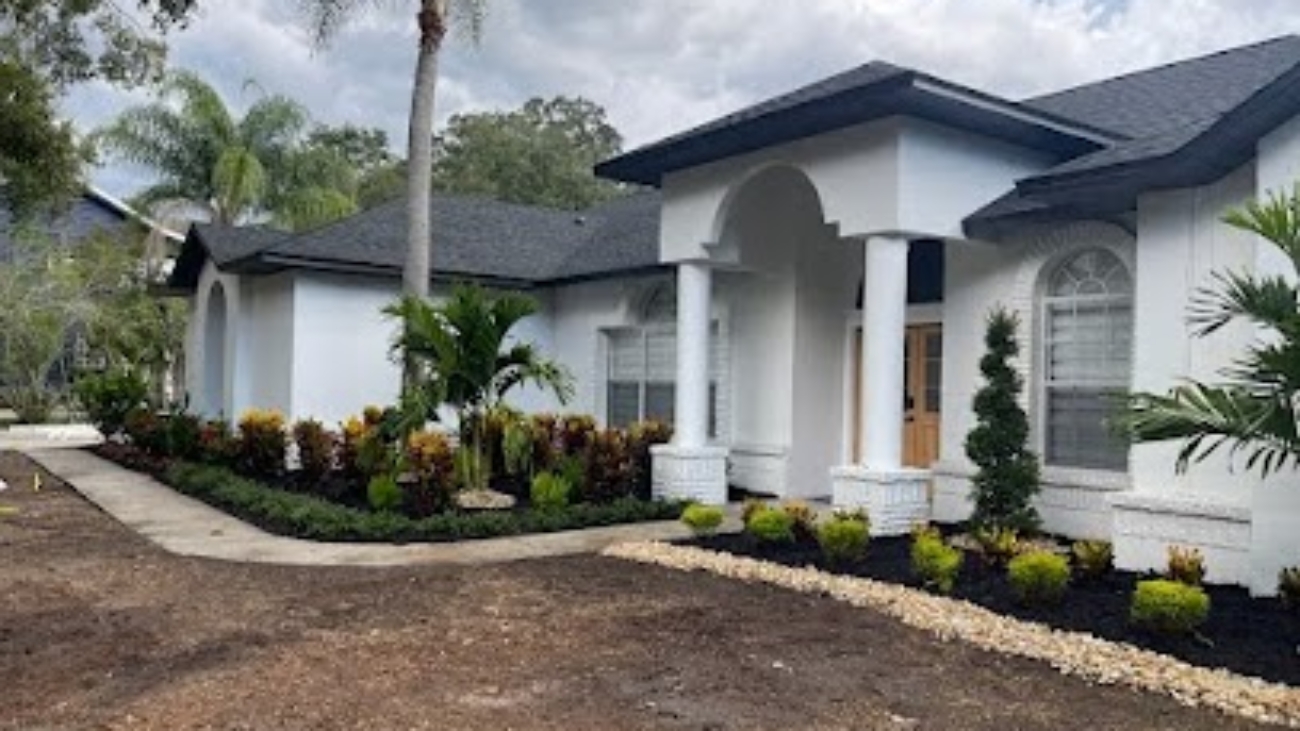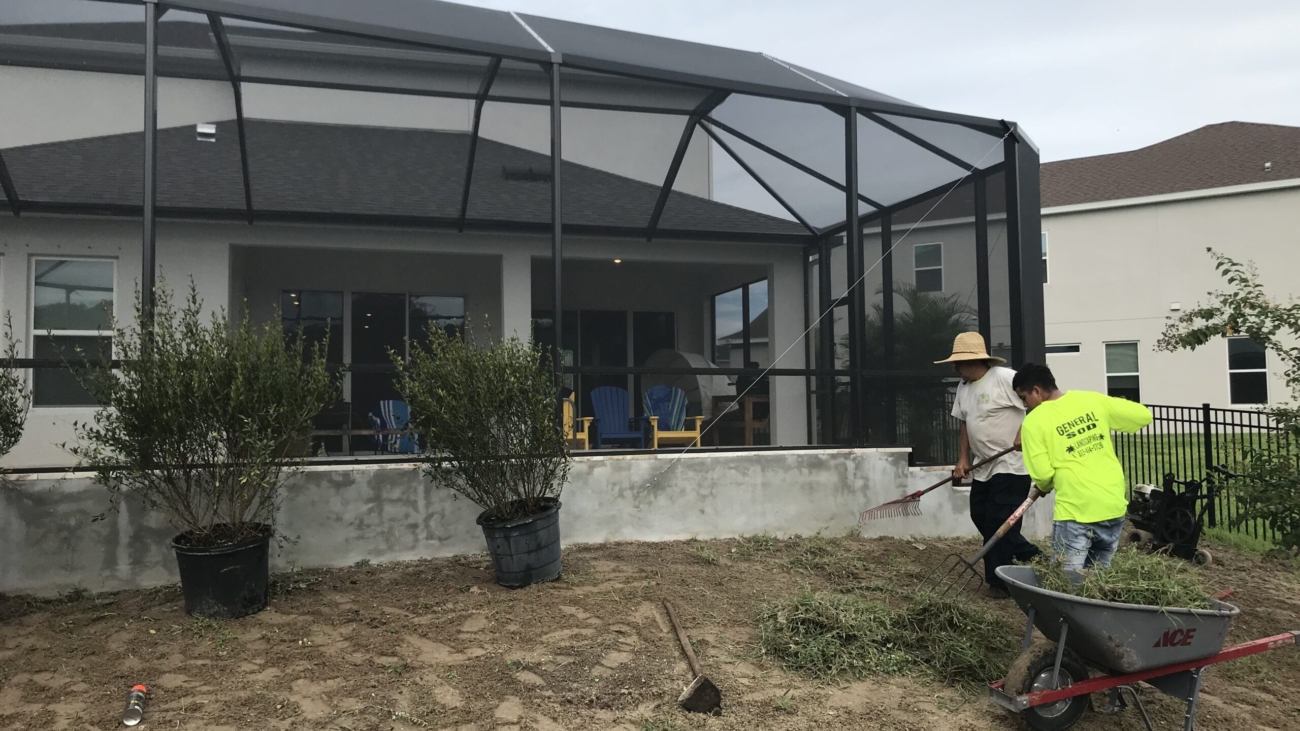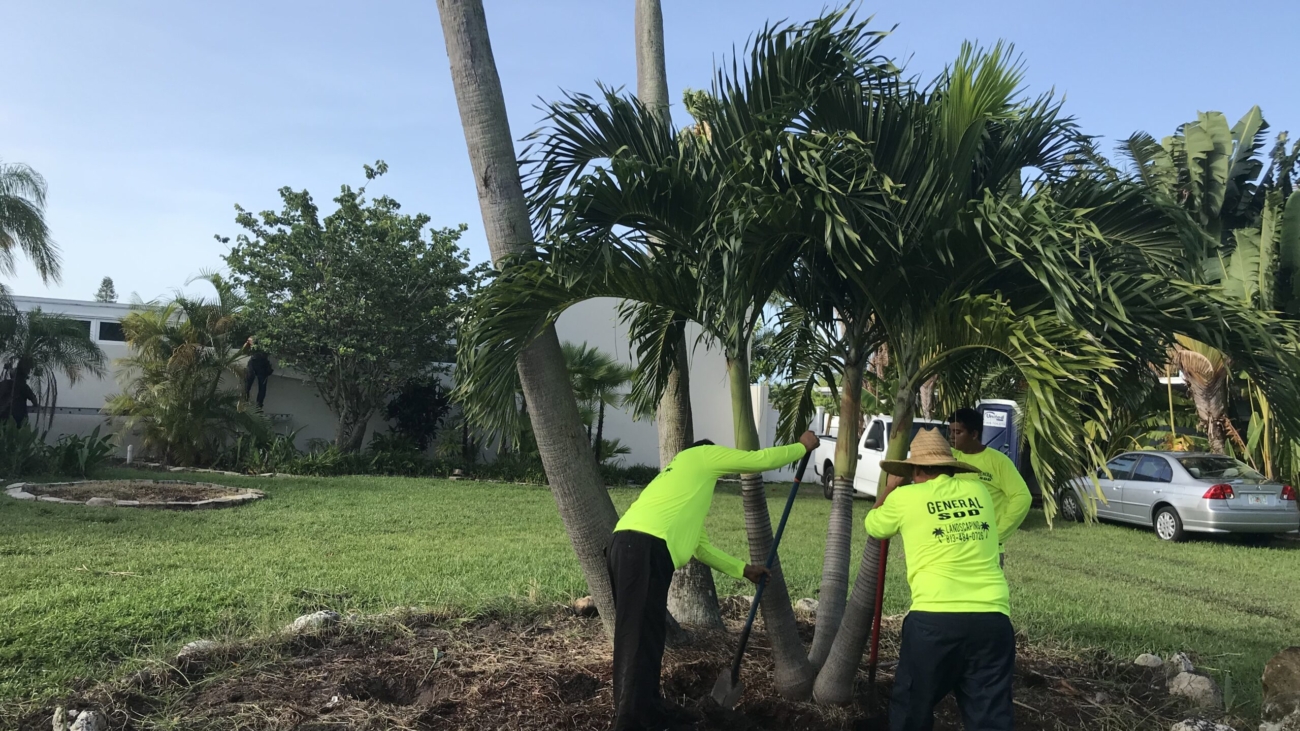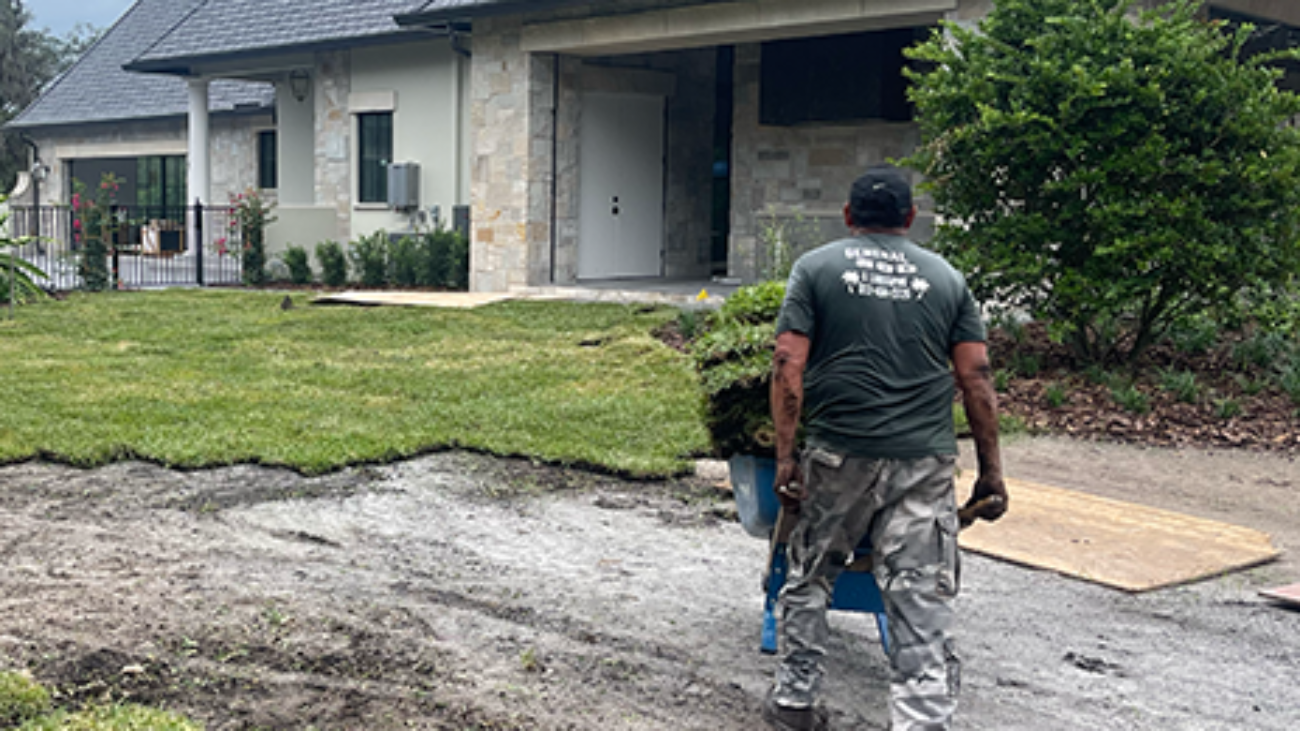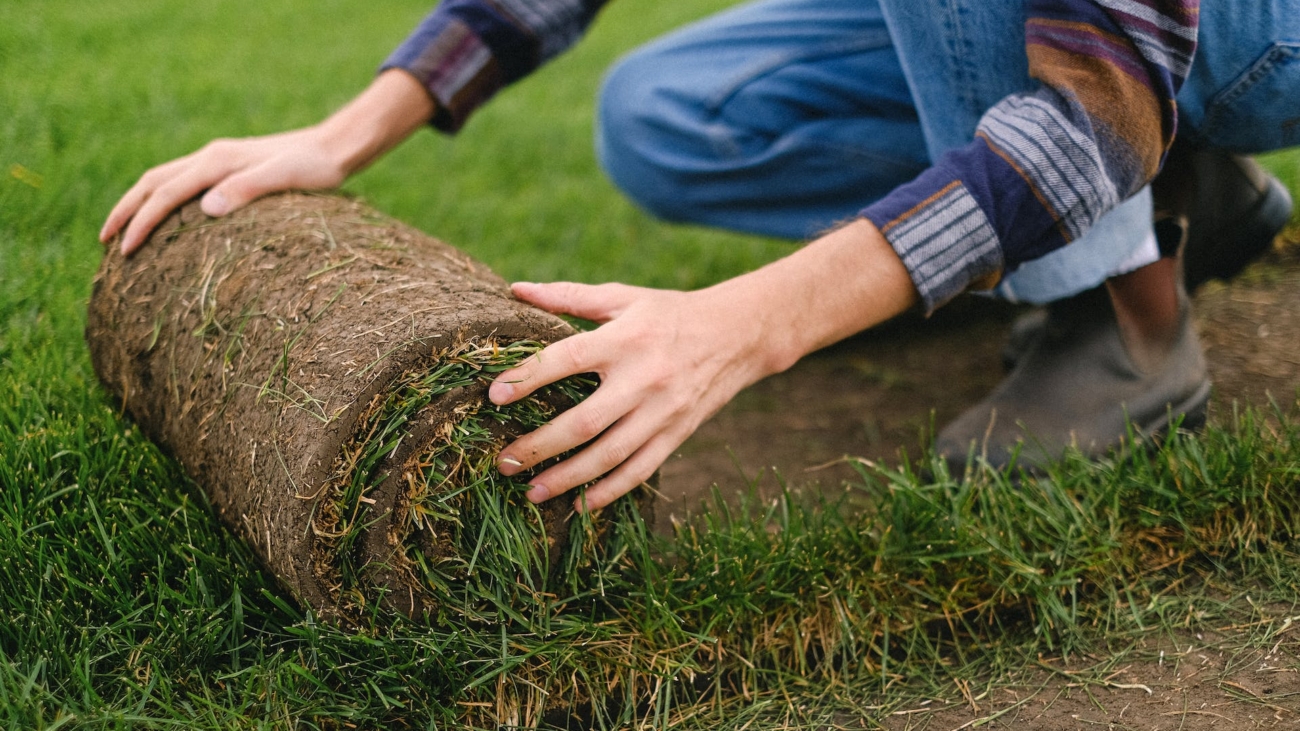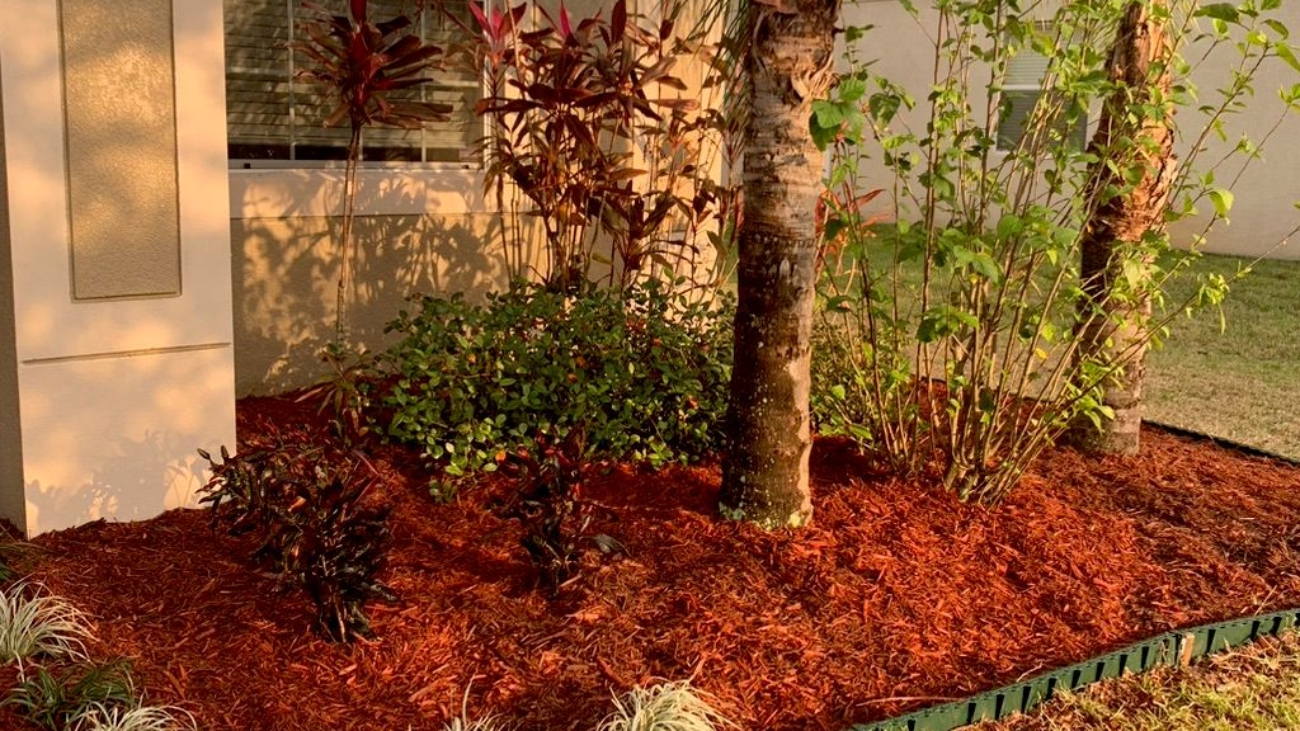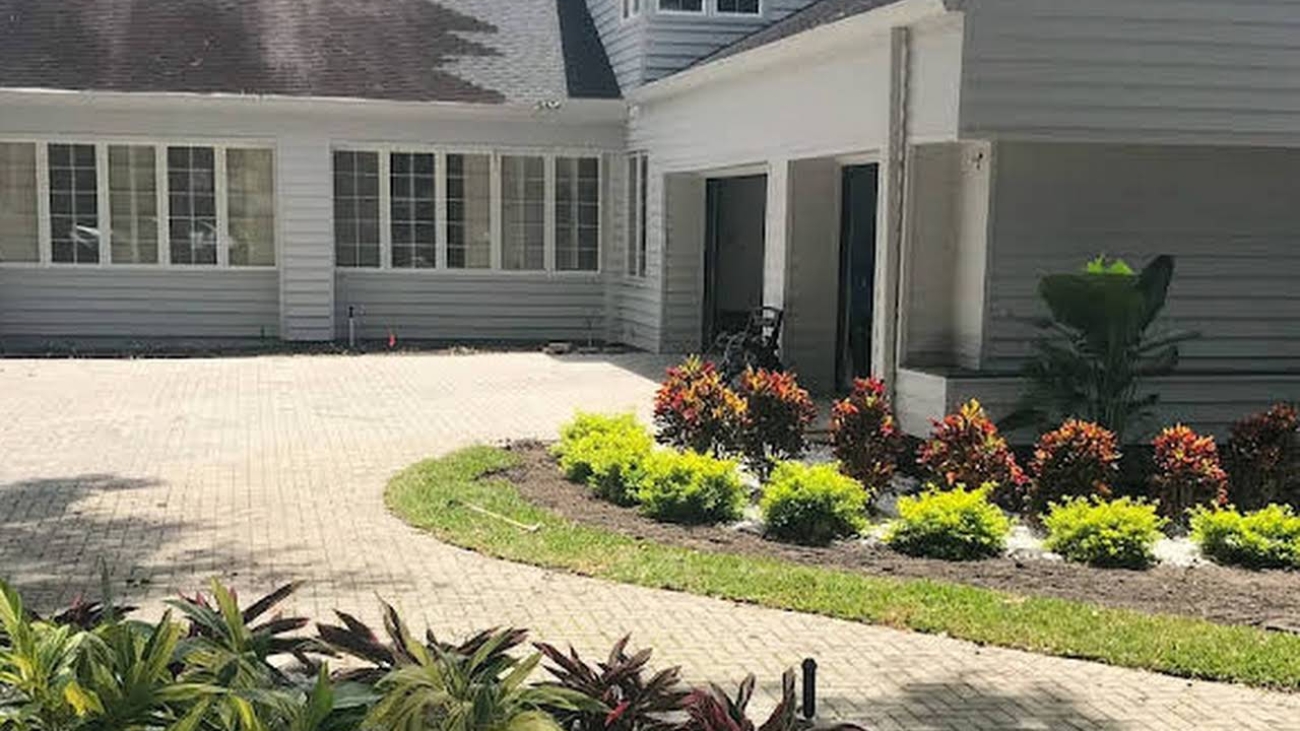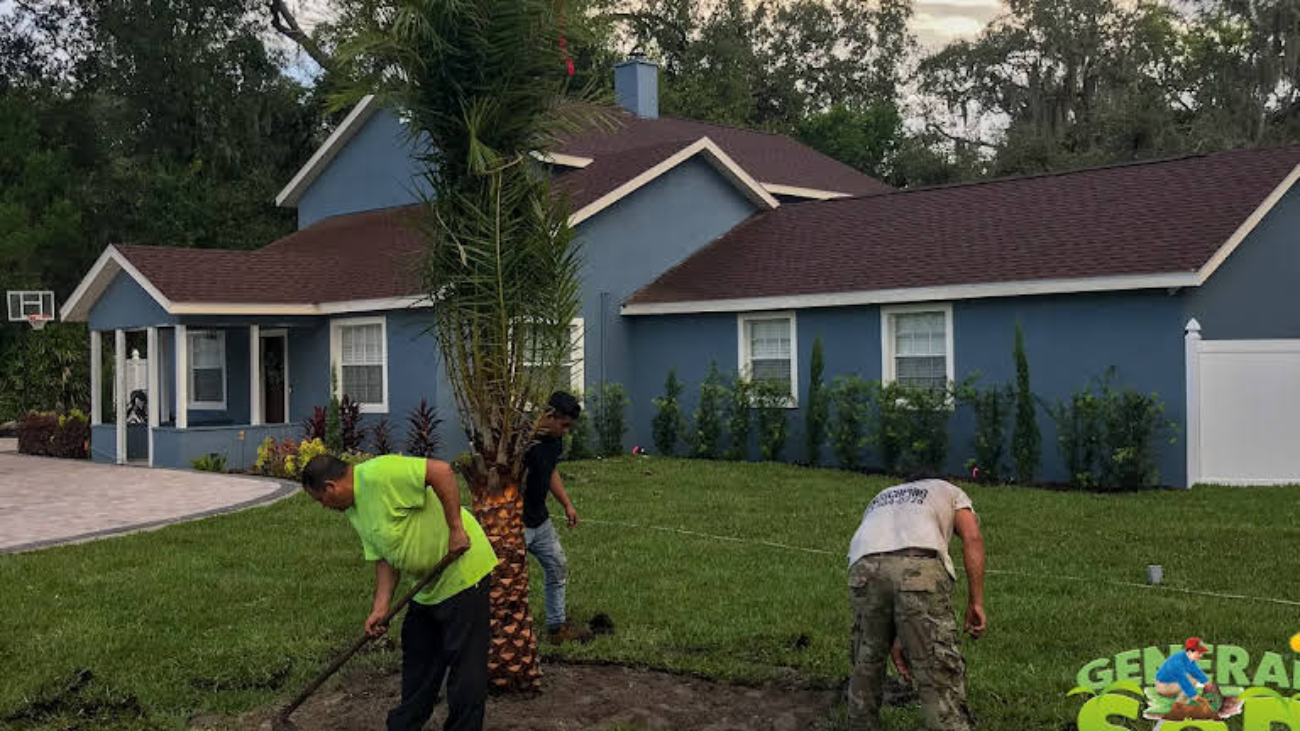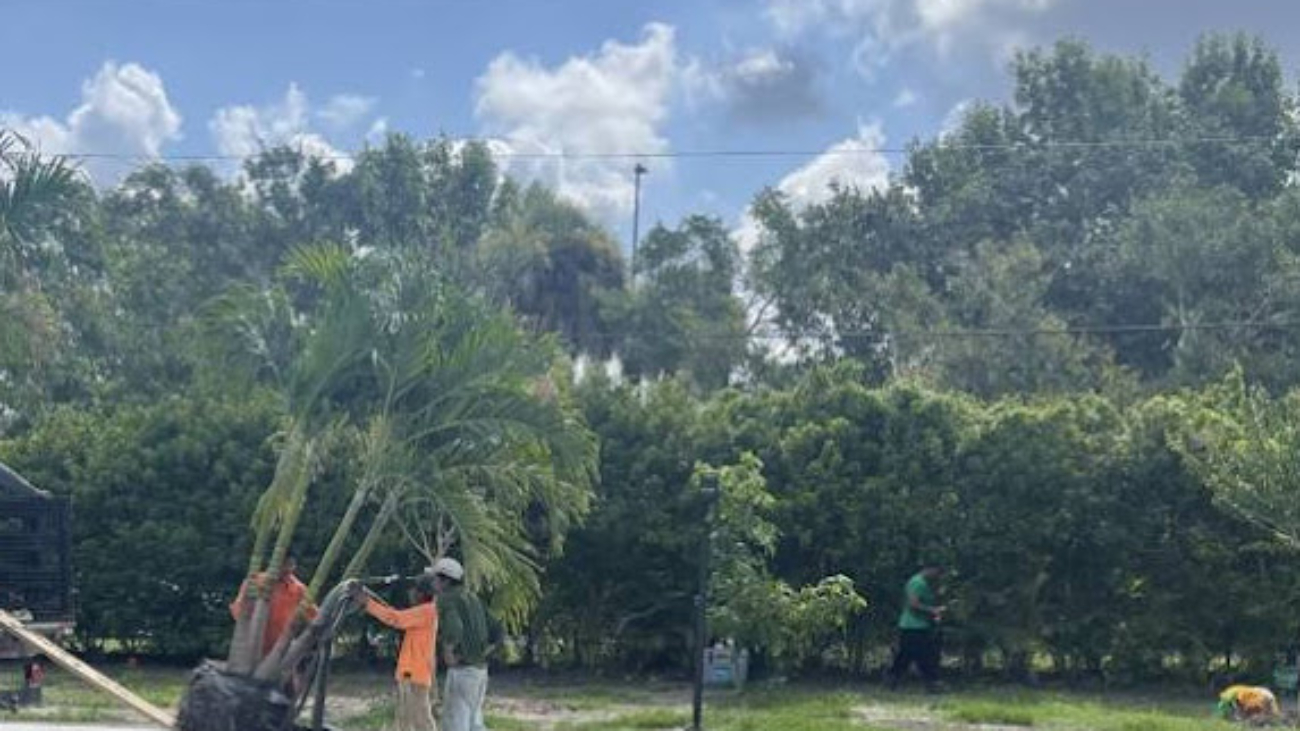Landscaping is an art form that takes ordinary spaces and turns them into outdoor masterpieces. It’s a blend of creativity, knowledge, and precision that transforms a blank canvas into a living work of art.
Landscape design begins with a vision. Whether you’re dreaming of a peaceful garden retreat, a vibrant and colorful backyard, or a complete outdoor transformation, it’s the design that breathes life into your imagination.
Your landscape design expert plays a critical role in bringing your vision to life. They consider factors such as the layout of your space, your personal preferences, the climate, and the functionality of the design.
Once the design is complete, it’s time to select the right plants, trees, and hardscaping elements. Your landscape artist will choose the perfect flora that complements your design, creating a harmonious space.
But it’s not just about aesthetics. It’s also about functionality. The placement of every element is thoughtfully considered. Walkways, seating areas, and focal points are all part of the larger landscape puzzle.
This precision and attention to detail ensure that your outdoor space isn’t just beautiful; it’s also functional. It’s a place where you can relax, entertain, and immerse yourself in the beauty of nature.

